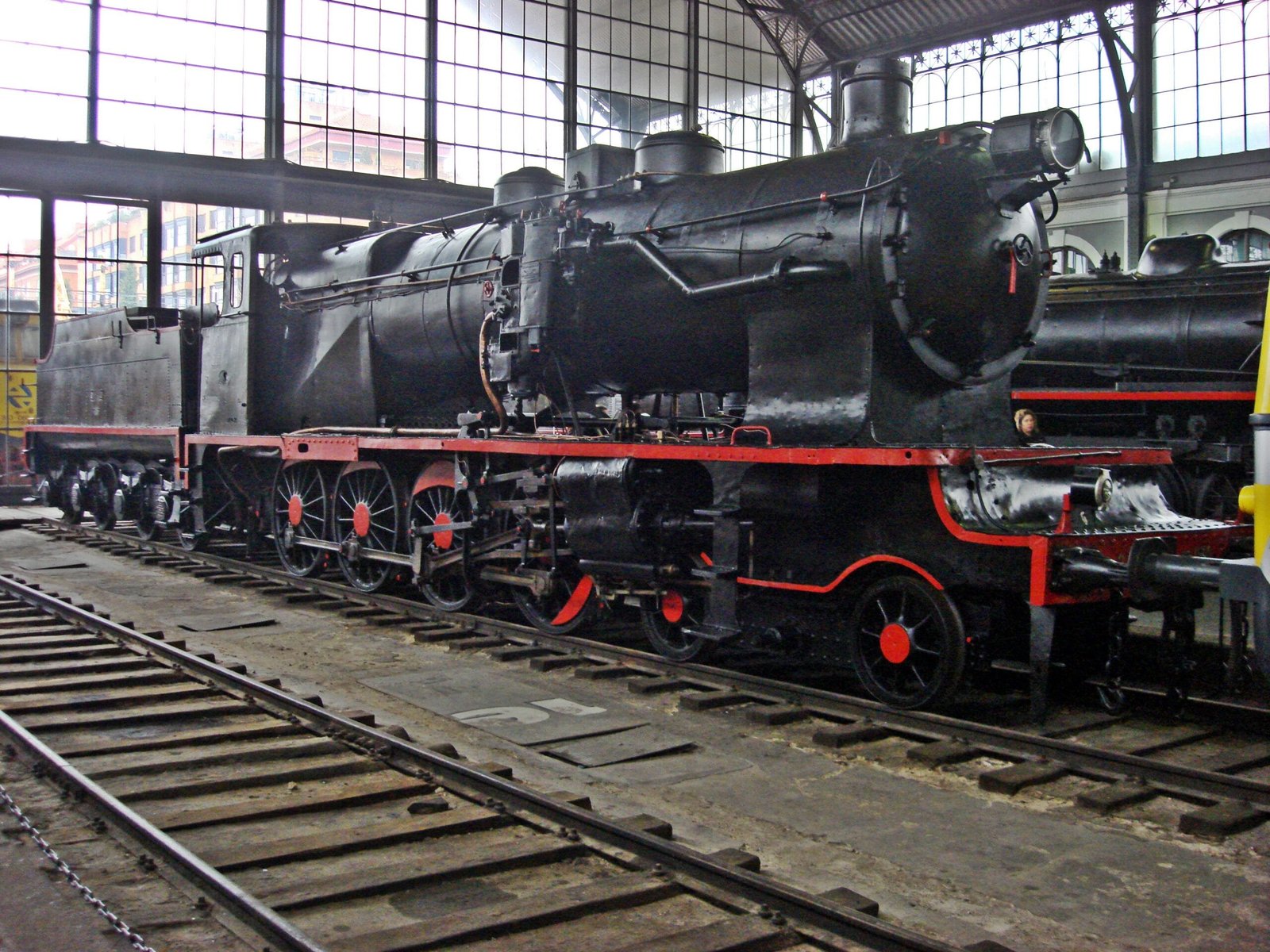
The Royal Deeside Railway traces its origins to the mid-19th century, when the Deeside Railway was constructed to connect Aberdeen with Ballater, Aberdeenshire. Officially opened on 7 September 1853, the line initially ran to Banchory before being extended to Ballater by 1866, forming a scenic 41-mile route through Royal Deeside.
The railway quickly gained prominence due to its proximity to Balmoral Castle, the royal family’s Scottish residence. Queen Victoria was a frequent passenger, and the line became known for its royal connections, with Ballater station eventually designated as the official royal terminus. Royal trains were treated with special care—level crossings were locked, and the line cleared well in advance of their arrival. Queen Victoria’s dislike of fast travel meant her journeys from Ballater to Ferryhill took over an hour.
Throughout its operational years, the line was managed by several companies, including the Great North of Scotland Railway (GNSR), which later became part of the London and North Eastern Railway (LNER) in 1923, and subsequently British Railways in 1948. The railway saw a mix of steam and diesel locomotives, and even hosted an experimental Battery Electric Multiple Unit (BEMU) nicknamed “Sputnik” in the late 1950s.
Despite its prestige, the Deeside Line was not immune to the sweeping changes brought by the Beeching Report of the 1960s, which aimed to streamline Britain’s rail network. The line was deemed economically unviable and closed in stages between 1966 and 1967, with the final passenger service running on 30 December 1966.
Following its closure, much of the trackbed was repurposed as the Deeside Way, a popular walking and cycling route. However, local enthusiasm for railway heritage led to the formation of the Royal Deeside Railway Preservation Society in 1996, with the goal of restoring part of the original line.
Restoration efforts began in earnest in the early 2000s. By 2010, the society had successfully launched its first passenger service in over four decades. Today, the railway operates a one-mile stretch between Milton of Crathes and Birkenbaud Crossing, offering visitors a 15–20 minute heritage journey through picturesque countryside.
The railway features a mix of restored rolling stock, including the original Sputnik BEMU, British Rail Class 03 diesel shunters, and steam locomotives like “Bon Accord.” The Milton of Crathes station houses a museum, shop, and ticket office, and serves as the society’s headquarters.
Looking ahead, the society plans to extend the line to Riverside Halt and eventually to Banchory, though challenges remain. A key obstacle is the Bridge of Bennie, which currently carries the Deeside Way and requires strengthening to support rail traffic. A new pedestrian bridge was installed in 2020, but delays have hindered progress.
The Royal Deeside Railway stands as a testament to community spirit and historical preservation. It not only revives a cherished piece of Scottish railway history but also celebrates the enduring legacy of its royal connections.
This historical summary was generated using AI and draws on publicly available sources including Wikipedia, Hidden Scotland, and the Royal Deeside Railway official site.